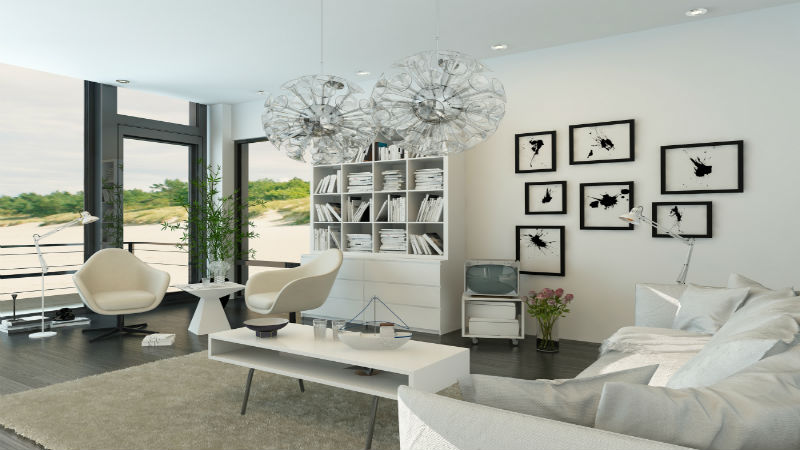Office buildings have long held the stigma of being personality-void, depressing drudges. A lot of this has to do with the uniform design of the inside of these buildings. Nothing but cubicles as far as the eye can see, cutting each person off from everyone else. If you are an office designer in Dublin, and you take issue with this trend, here are some tricks that can not only make an office workplace more inviting, but in turn increase overall productivity.
#1. Remove cubicles
In theory, a cubicle is meant to increase productivity in the worker by cutting them off from distractions. In practice, it can actually hurt productivity by essentially locking them in a tiny box and telling them to sit in a chair and type for several hours. Letting the workers interact, bounce off each other, and come up with solutions to problems together is not a bad thing, quite the opposite.
#2. Softer, more varied colours
A small thing, but as anyone who studies colour theory will tell you; the colour that you see around you all day can affect your mood. For an office work environment, try a pleasant light green, which can improve focus and productivity. A mix of blue hues added to your employee’s workspace can give their brains a sense of calmness, which can be especially helpful when the deadline is breathing down their necks. Our brains react to colour in endlessly fascinating ways, which you can employ to make sure the people who will come to work here will enjoy their time there just a bit more.
#3. Design workspace to promote interaction
Going off #1, a good, simple way to encourage interaction between employees is to rearrange the desks so that they’re closer together, and some are facing each other. Putting their co-workers in your employee’s peripheral vision will tell them “asking them for help is an option”, which of course will logically lead to “asking any of my co-workers for help is an option”. While not putting them so close together that they disrupt each other is a given, making sure that your employees discuss their work with each other will ensure that more creative ideas are employed and problems are solved faster and more efficiently.
An office doesn’t have to be the iconic image of the dreary workplace, and with a few minor tweaks to its interior design, that image can be completely turned around. This is all without sacrificing productivity, but rather promoting it through human interaction.
